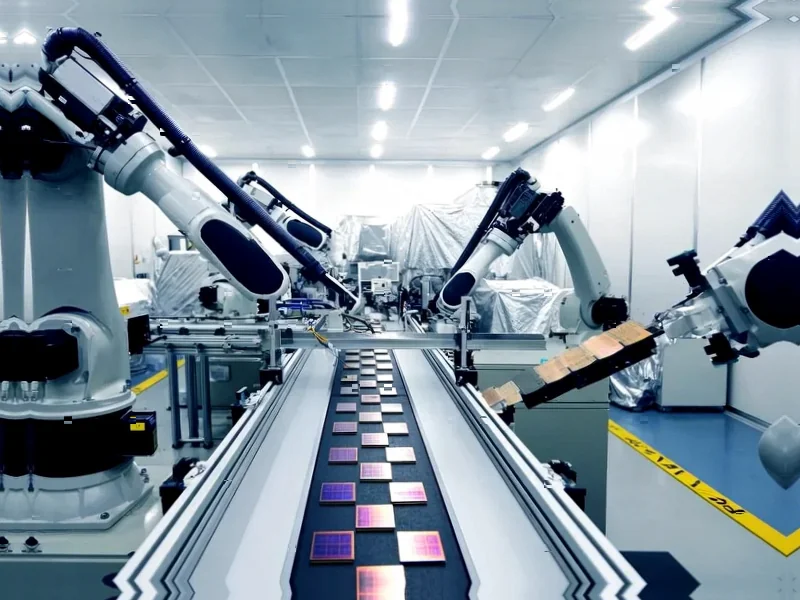According to Wccftech, DRAM prices have surged by a staggering 172% in 2025 alone, creating what industry observers call a “mind-boggling” market situation. Samsung has halted contract pricing for DDR5 DRAM, with other manufacturers expected to follow suit as AI memory demand consumes most production capacity. Specific DDR5 16Gb spot prices have nearly doubled in just one month, reaching a record $15.50, while retail memory modules from companies like Corsair and Adata have seen 20-40% price increases in recent weeks. The supply bottleneck is expected to persist through Q1 2026 as cloud service providers and AI companies secure long-term contracts, leaving consumers facing continued price pressure. This dramatic market shift represents a fundamental restructuring of the memory industry.
The AI Memory Revolution’s Ripple Effects
What we’re witnessing isn’t just a typical supply-demand imbalance—it’s a structural transformation of the entire memory market. The AI boom has created a voracious appetite for high-bandwidth memory that fundamentally changes how manufacturers allocate their production lines. Unlike previous memory cycles driven by consumer electronics or data centers, AI workloads require specialized memory architectures that can’t be easily repurposed from consumer DRAM production. This creates a permanent capacity constraint that traditional market mechanisms can’t quickly resolve. Manufacturers are essentially facing a choice between high-margin AI contracts and lower-margin consumer memory, and the economics are overwhelmingly clear.
The Manufacturer’s Strategic Dilemma
Samsung, Micron, and SK hynix are navigating an unprecedented strategic challenge. While the current pricing environment delivers windfall profits, they risk alienating their traditional consumer and PC markets. The decision to halt DDR5 contract pricing isn’t just about managing supply—it’s a calculated bet that AI demand will remain robust enough to justify potentially permanent market share losses in consumer segments. However, this strategy carries significant long-term risks. If AI demand proves cyclical or if new memory technologies emerge, manufacturers could find themselves having burned bridges with their core customer base for temporary gains.
The Coming Consumer Memory Squeeze
For consumers and PC builders, this represents more than just temporary price increases—it signals the end of an era where memory upgrades were relatively affordable. The 20-40% retail price increases reported are likely just the beginning, as supply chain effects typically take months to fully propagate to end consumers. More concerning is the potential for product availability issues, particularly for high-performance DDR5 modules that share production resources with AI-optimized memory. This could create a two-tier market where only premium-priced memory remains readily available, forcing budget-conscious consumers to either delay upgrades or settle for older DDR4 technology.
When Will the Market Correct?
The projected timeline through Q1 2026 suggests manufacturers see this as a sustained trend rather than a temporary spike. Unlike previous memory cycles where new capacity could be brought online relatively quickly, the current situation involves fundamental retooling of production facilities for AI-specific memory architectures. This means even significant capital investment won’t provide immediate relief. The most likely scenario involves elevated prices becoming the new normal, with only modest corrections as manufacturers gradually expand specialized AI memory capacity. Consumers hoping for a quick return to pre-AI boom pricing levels may be waiting indefinitely.
Broader Industry Implications
This memory crisis extends beyond individual consumers to affect the entire technology ecosystem. PC manufacturers, system integrators, and even smartphone makers will face margin pressure as memory costs consume larger portions of their bill of materials. This could accelerate industry consolidation and force companies to rethink product strategies, potentially delaying next-generation platforms that require expensive memory configurations. The situation also creates opportunities for alternative memory technologies and architectures that can deliver performance without the premium pricing of current DRAM solutions.




